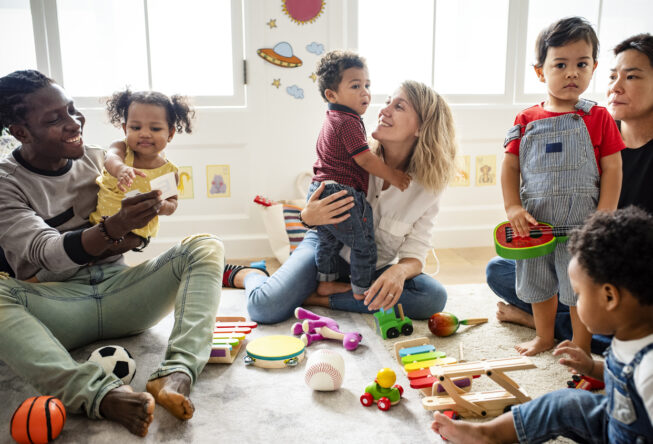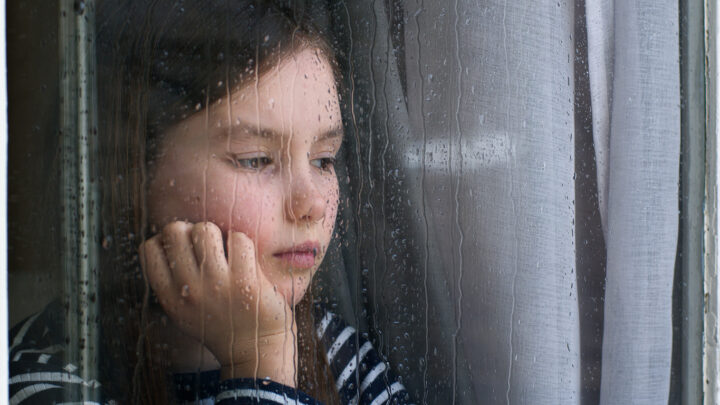Teaching a child kindness isn’t done with one big lecture or a few “be nice” reminders.
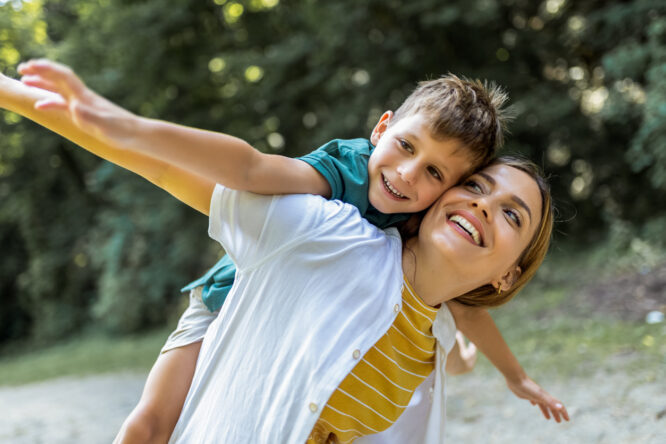
It’s something they learn slowly, quietly, by what they see and experience every day. Kids are like emotional sponges, soaking up how we treat everyone we come across, how we talk about people, and how we respond to the world around us. If you want to raise someone who’s not just polite, but truly kind at heart, it’s the small, consistent lessons that matter most. Here’s how to help nurture kindness in your child, one real-life moment at a time.
1. Model kindness in everyday interactions.

Kids learn more from what we do than what we say. Holding the door for someone, thanking the cashier warmly, letting someone merge in traffic—these tiny acts of kindness teach far louder lessons than any speech ever could.
When children regularly see you treating everyone around you with respect and patience, even on your worst days, they internalise that behaviour as normal. Kindness becomes the default, not the exception, because it’s what they’ve seen lived out in front of them.
2. Praise the effort, not just the outcome.

When your child shows kindness, even in small ways, notice it. Celebrate the attempt, not just the so-called success. Whether they comforted a classmate or shared a toy, highlighting their caring impulse helps reinforce that kindness matters. When you focus on the effort, kids feel encouraged to keep trying, even if things don’t always go perfectly. It teaches them that kindness isn’t about getting applause; it’s about choosing to show up for other people, anyway.
3. Teach empathy through simple questions.

Empathy is at the heart of kindness. Asking your child questions like, “How do you think they felt?” or “What would you want if that happened to you?” helps them practise putting themselves in someone else’s shoes. In the long run, this builds emotional awareness and compassion, giving them a stronger inner compass for treating other people gently, not because they’re told to, but because they truly care how other people feel.
4. Encourage kindness toward themselves.

Self-kindness and kindness to other people are deeply connected. If a child learns to be harsh and critical toward themselves, it’s hard to fully extend genuine kindness outward. Teaching your child that it’s okay to make mistakes, that they are worthy even when they mess up, lays the groundwork for a softer, more compassionate heart—one that has room for other people because it first makes room for itself.
5. Read stories that highlight compassion.
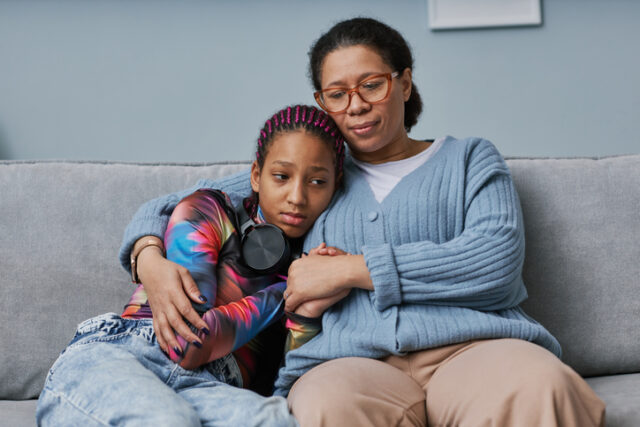
Books have a way of teaching lessons in ways that lectures can’t. Reading stories where characters show courage, empathy, and kindness helps children see those values in action without feeling like they’re being preached to. Stories give them emotional role models and help them understand complex ideas like forgiveness, inclusion, and generosity in ways that feel natural and relatable. It’s learning through imagination, and it sticks.
6. Let them see you apologise and make amends.

When you mess up (because we all do), own it. Apologising to your child or in front of your child models humility and accountability, and those are two traits deeply tied to true kindness. It shows them that being kind doesn’t mean being perfect. It means recognising when you’ve hurt someone, taking responsibility, and doing better next time —lessons that last a lifetime.
7. Create opportunities for acts of service.

Kindness grows through practice. Volunteering, helping a neighbour, writing thank-you notes—finding small, real-world opportunities for your child to give without expecting anything in return builds generosity into their muscle memory. These experiences don’t have to be elaborate. Even dropping off cookies for a lonely neighbour teaches them that small gestures matter, and that giving feels good in ways that material rewards can’t match.
8. Teach them to notice who might be left out.

Kindness isn’t just about being nice to your friends. It’s about widening your circle. Teaching your child to look for the lonely kid on the playground, the new student in class, or the person sitting alone sends a powerful message. Noticing who needs kindness most, and choosing to reach out, builds a deeper kind of empathy. It teaches that kindness isn’t passive; it’s active, brave, and willing to step toward those who might otherwise be invisible.
9. Talk about emotions openly and often.
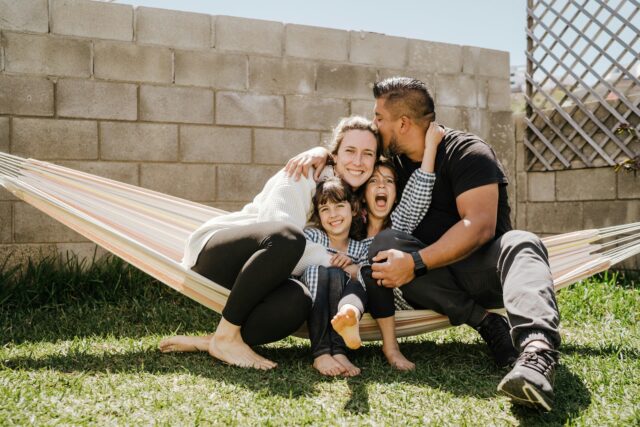 Source: Unsplash
Source: Unsplash Kids who understand their own feelings are better equipped to care about other people’s feelings. Talking openly about sadness, anger, frustration, and joy normalises emotional awareness and makes it easier for them to connect with other people authentically. When emotions aren’t treated as scary or shameful, kindness has more room to grow. Your child learns that emotional honesty is strength, and that offering space for other people’s emotions is one of the purest acts of kindness there is.
10. Set clear boundaries around meanness.

Kindness doesn’t just happen in a vacuum. It grows best when it’s clear that cruelty, bullying, and exclusion aren’t tolerated — not in jokes, not in teasing, not even “just messing around.” Setting a firm standard teaches your child that kindness isn’t optional — it’s a core value of how your family moves through the world. Boundaries around meanness create a culture where kindness can thrive naturally.
11. Celebrate diversity and teach respect for differences.

Kindness without respect is shallow. Teaching your child to celebrate differences—in race, ability, background, beliefs—helps deepen their kindness beyond just being polite to those who are like them. When kids are taught early that differences make the world richer, not scarier, it opens their hearts. They learn to approach people with curiosity, not judgement, and kindness flows much more freely from that place.
12. Encourage gratitude as a daily habit.

Gratitude and kindness go hand in hand. Helping your child notice the good around them—the meal on the table, the friend who shared their crayons—cultivates a mindset that naturally spills into generosity and appreciation for other people. Simple gratitude rituals, like naming three good things at dinner, help train their brain to see abundance instead of scarcity, and when you feel full, it’s easier to pour kindness out into the world around you.
13. Teach them to repair when they hurt someone.

Even the kindest kids will mess up sometimes. Teaching them that saying “sorry” isn’t about avoiding trouble but healing a hurt makes a huge difference in how they move through conflict. Helping them practise genuine apologies, offering to make things right, and understanding how their actions impact the people around them lays the groundwork for kindness that’s resilient, not performative. It’s not about perfection; it’s about responsibility.
14. Give them room to practise kindness on their own.

Micromanaging every act of kindness—”Say thank you!” “Give them that!”—can sometimes backfire. True kindness needs to feel authentic, not forced or scripted. Letting your child find their own ways to be kind gives them ownership over it. When they get to choose kindness for themselves, it becomes a part of who they are, not just something they do when adults are watching.
15. Keep reinforcing that kindness is strength, not weakness.
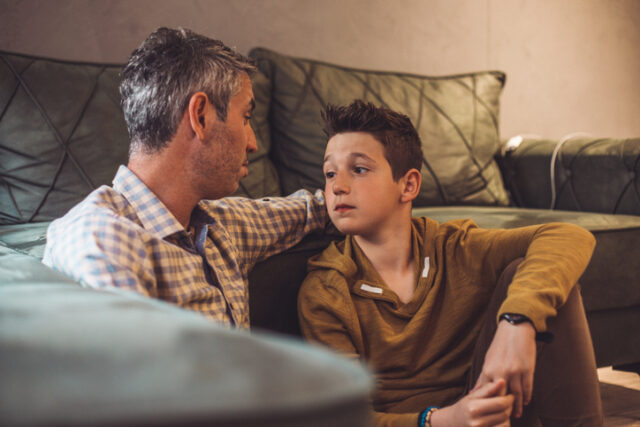
In a world that sometimes rewards cruelty and toughness, it’s important to remind your child that kindness is not soft or naïve—it’s powerful. It takes courage to be gentle in a hard world. Celebrating their acts of kindness as moments of bravery rather weakness builds a foundation where they see compassion as a source of strength. That belief can carry them further in life than almost anything else you could teach them.

